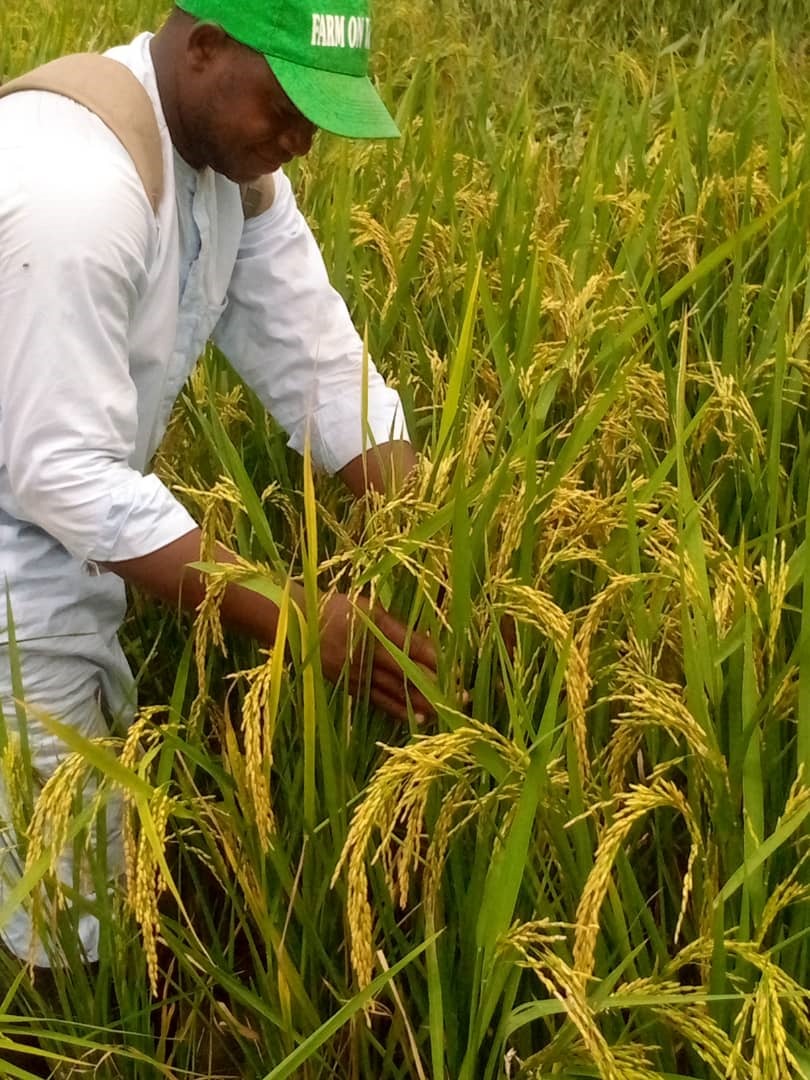Local Agricultural Innovations :
Bio-fertilizer
Bio-fertilizer increasingly becoming popular in Africa to reduce agricultural emissions. There is an uptick in the introduction of bio-fertilizer solution in agriculture as inorganic fertilizer sourcing continue to tighten up with conflicts around the world. The supply and access of inorganic fertilizer has been constrained by the Russian-Ukraine war, which has limited t the delivery of N-fertilizers to African countries and the developing world. The World Bank notes that agriculture production contributes 4% to the global economy and GDP. This depends on various factors including fertilizers, which is a most crucial thing that influences agricultural production. An increasing demand of agricultural products requires optimizing the agricultural productivity while ensuring soil and environmental sustainability. Bio-fertilizers are eco-friendly. They are crop nutrition microorganism-containing substances that increases soil fertility, promote plant nutrition and growth. They are the best substitutes for chemical fertilizers as they don’t harm the environment. They influence the soil pH, improving it significantly upon application while leading to K, Ca and Mg increment and availability to crops. There is a broad array of the types of bio-fertilizers depending on their different kinds of living organism-based bacteria. Rhizobium is one of the top bio-fertilizer that widely used in farming. There are many other different kinds of bio fertilizers, and they have unique characteristics with different target crops. There is also the peat moss, a natural fertilizer, as the best quality organic fertilizer because it helps to provide all the nutrients required by crops. The peat moss bio fertilizer is 100% natural organic material from nutrient-rich soils. It could be easily applied with water over crops at any stage, or as a base material in creating a potent and concentrated natural organic liquid fertilizers for organic farming.
